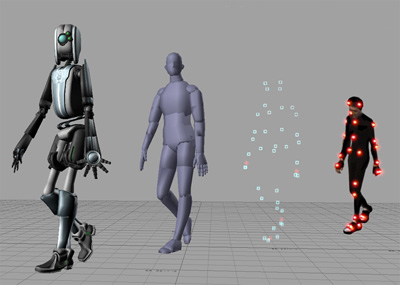Using Animation In Your Film: Part 2
Today’s newsletter explores different types of animation that you may want to consider for your documentary. If you missed part 1 of our series on using animation in your film, read it here.
The first question a potential animator will typically ask is, “What kind of animation are you looking for?”
This question stopped me short, until I researched the difference between classical animation, Claymation, rotoscoping, cutout animation, Flash and After Effects, CGI and more. Although my expertise remains in story structure, not animation, here is what I discovered:
Classical animation, be it Japanese “Anime” style or Disney cartoons, relies on traditional, frame by frame, hand-drawings in two dimensions. At its simplest level, classic sketch animations are generally less expensive than rotoscoping, in which animators trace over, frame-by-frame, previously recorded live action images that are projected on a frosted glass panel. See the Chicago 10 trailer for an example of rotoscoping.
In stop motion animation, inanimate objects are moved in space and recorded in a single camera frame. When strung together, these frames give the illusion of motion. See an example here.
You’re probably already familiar with a specific style of stop motion animation, known as Claymation, in which the objects are molded with clay. See an example here.
Pixilation is another style of stop-motion that uses the human body. If you have a penchant for the experimental look, check out an example here.
Increasingly popular in documentaries, 3-D animation, such as CGI (computer generated image), is created and manipulated in a virtual 3-D space. Check out this look here:
After Effects and Flash animation, although computer-generated, are not considered CGI because they are not 3-D. After Effects is frequently used in treating photographs in documentary films.
Cutout animation (not a favorite of mine) layers bits of images in a somewhat jerky motion. See example here.
So, how much does all this cost? A director whose film we recently edited had a stunning CGI map created for around $1000. The animator’s rate was $85/hour. For my own film, I am budgeting $3000 for 3 short CGI sections.
To really get a sense of rates, start asking animators. Once you get moving, you’ll save money (and look smart) if you ask for an animatic, a device that comes between storyboarding and actual animation. Think of it as an animated storyboard. See example here.
Thank you to all the animators who contributed to this 2-part newsletter series! If you are interested in getting referrals to talented animators, please email me. Choosing whether to include animation is also a decision we carefully consider in our Finish Your Film program. Email me for a free consultation to find out if this program can help you complete your documentary this year.
